Michael Tilley, M.D., MISH Hospitals and Clinics
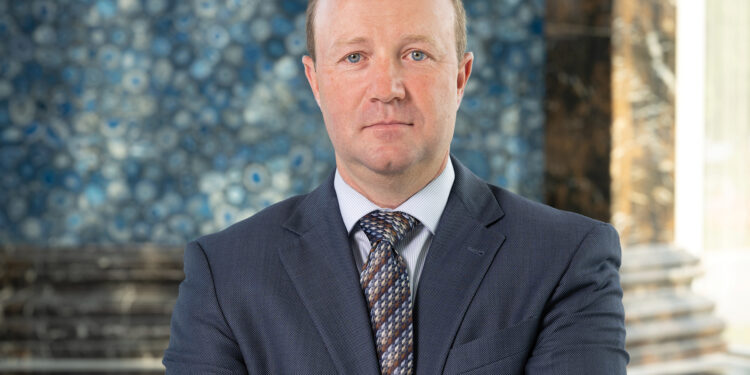
Story by Lynne Hayes
 Medical schools teach students how to take away pain, save lives, and cure diseases. But there’s one problem new doctors are rarely prepared for – how to cut through red tape.
Medical schools teach students how to take away pain, save lives, and cure diseases. But there’s one problem new doctors are rarely prepared for – how to cut through red tape.
Orthopedic surgeon, Michael Tilley M.D., faced the pain of red tape throughout his stints working for large hospital systems.
“At one hospital, I wanted to do robot-assisted joint replacements and proposed it to the department chief. The discussions lasted forever, and nothing ever happened. At another hospital I worked at, it took over 6 months to get what we needed,” said Dr. Tilley. “Don’t get me wrong, the physicians in these systems are all very engaged and I had every resource you could want. But we were controlled by committees made up of non orthopedic doctors, mid level management, and in the end businesspeople.”
Tilley expressed that, at the end of the day, he “just wanted to take care of people. I wanted more ‘say so’ and greater control over how my patients are taken care of instead of ‘you need to do it this way.’”
Physicians in Charge
 Earlier this year, Dr. Tilley made a decision that would give him the freedom and control he desired. He opened an orthopedic practice at MISH (Minimally Invasive Surgical Hospital), a 160,000 sq. ft. state-of-the-art hospital located in Lenexa, KS. The intimately scaled facility includes two ICU beds, seven inpatient rooms, four operating rooms, an extensive radiology department, an onsite laboratory, and a variety of medical offices and services. Most impressive is the 2:1 patient to nurse ratio vs. the typical 6:1 ratio at larger hospitals.
Earlier this year, Dr. Tilley made a decision that would give him the freedom and control he desired. He opened an orthopedic practice at MISH (Minimally Invasive Surgical Hospital), a 160,000 sq. ft. state-of-the-art hospital located in Lenexa, KS. The intimately scaled facility includes two ICU beds, seven inpatient rooms, four operating rooms, an extensive radiology department, an onsite laboratory, and a variety of medical offices and services. Most impressive is the 2:1 patient to nurse ratio vs. the typical 6:1 ratio at larger hospitals.
“We are 100-percent physician owned,” explained Dr. Tilley. “There’s no huge middle management layer getting in the way of progress. We can adapt very easily and provide a quality of care better and far more personalized compared to larger hospitals. We are able to totally focus on what’s best for our patients.”
And that robotic arm Dr. Tilley wanted so badly to assist with joint replacements? He asked for it and two weeks later, he had it.
In fact, Dr. Tilley’s O.R. can not only perform robotic-assisted surgery, but he can also perform augmented reality procedures which allows him to customize a new joint specifically to the patient rather than retooling the patient’s bone structure to fit a standardized replacement. Both of these technologies are at the forefront of joint replacement technology, these technologies allow complete customization of each surgery to the particular patient. “This leads to better outcomes and experience for our patients.”
“These are great examples of the huge difference in what we can provide,” he noted. “There are no committees and no red tape involved in key decisions. We can move the needle very quickly and continue to do what we do best – provide completely patient-focused care.”
Not a SurgiCenter
Dr. Tilley said it’s easy for outsiders to confuse MISH with the more familiar ambulatory surgical centers, sometimes called surgicenters. These are the facilities that handle outpatient procedures like small joint or tendon repairs, meniscus repair, cataract surgery, lumpectomy, and hernia repair – surgeries where the patient recovers in a few to several hours and then goes home.
“Those facilities don’t do joint revision joint replacements or other more complex procedures for patients because these surgeries demand overnight or longer stays. That’s why these surgeries are typically performed in a large hospital,” Dr. Tilley noted.
However, MISH has an advantage over those larger facilities. It’s designed to allow Dr. Tilley and his colleagues to truly customize an inpatient stay.
“As an orthopedic surgeon here at MISH, I have the option to keep my patients as long as I feel necessary – and/or as long as the patient feels necessary to safely return home or to continue their recovery at a rehab center. This is especially important for patients with co-morbidities, i.e., existing health issues that can complicate recovery.”
Dr. Tilley explained that these stays can sometimes be longer than, for example, what insurance dictates, adding that this is what makes MISH unique.
“We still have to work with insurance rules or have a good reason for not following deviating from them,” Dr. Tilley affirmed. “Insurance providers are more flexible than people believe. That said, if it comes down to getting paid or doing the right thing, we will do the right thing.”
Repair, Replace, Salvage
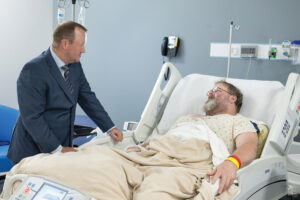 Like many orthopedic surgeons, Dr. Tilley was initially attracted to sports medicine. But he realized in his residency that there was so much more to orthopedics – and relished the opportunity to work on other parts of the body in need of orthopedic attention.
Like many orthopedic surgeons, Dr. Tilley was initially attracted to sports medicine. But he realized in his residency that there was so much more to orthopedics – and relished the opportunity to work on other parts of the body in need of orthopedic attention.
“I’m a big believer in beginning with conservative approaches to manage pain, such as injections and physical therapy (MISH will be opening their own PT center in July),” admits Dr. Tilley. “However, I like the mechanical aspects of the anatomy, and the ability to identify the problem and fix it through surgery. With that you don’t just manage issues; you make them go away.”
As a result, Dr. Tilley chose orthopedic trauma as one of his focuses, as it “allows me to operate on every part of the body. No two injuries are exactly the same; there are different fracture patterns, the addition of soft tissue injuries – that’s what intrigues me.”
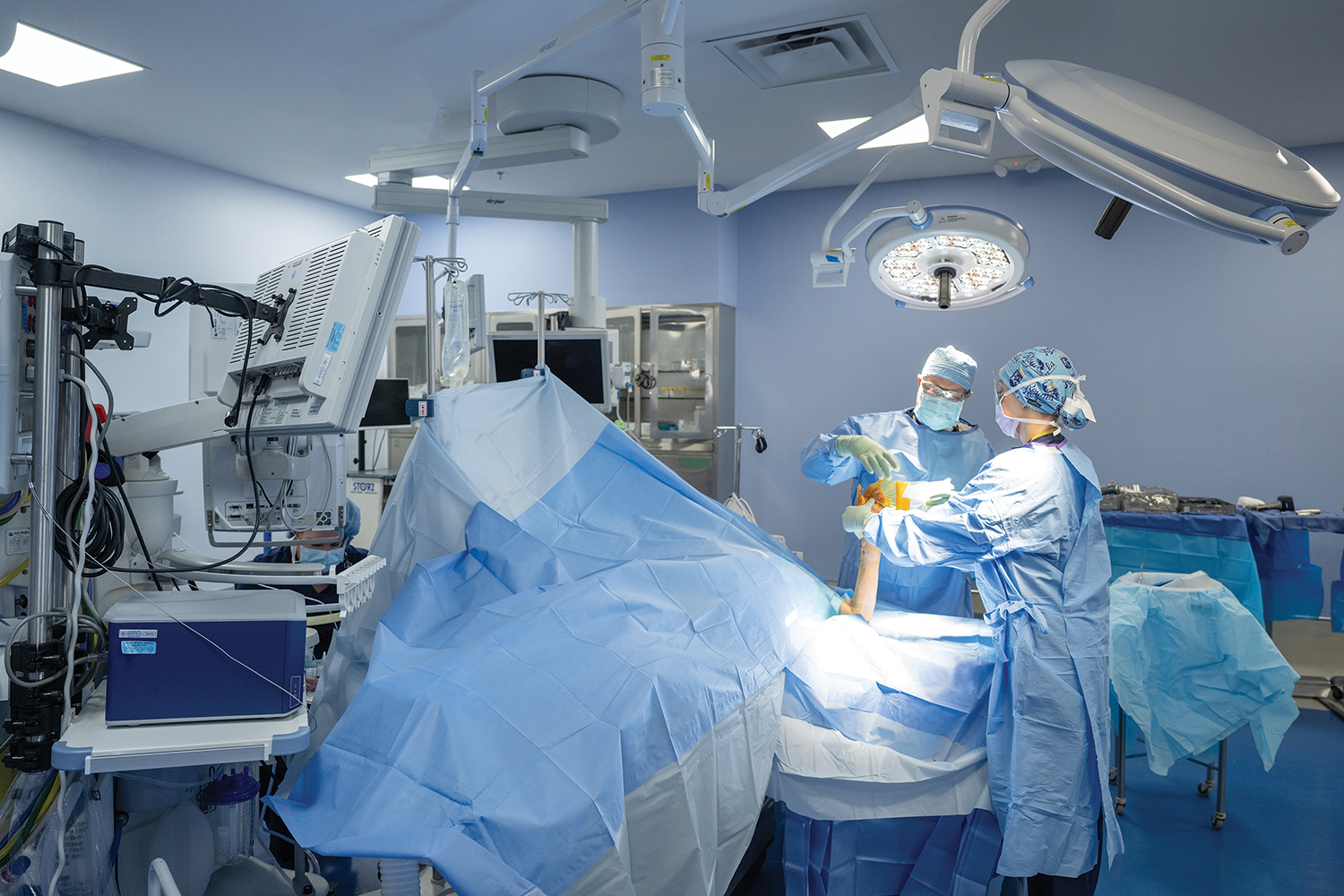
Within his practice at MISH, about half of his operations comprise of joint replacement or revision, 30 percent are focused on trauma-related cases such as limb salvage, and the remaining 20 percent involve soft tissue procedures related to the knee, hip, shoulder, or elbow.
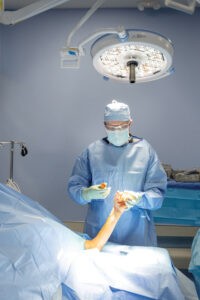 “When people sustain traumatic limb injuries, they’re taken to a trauma center or E.R. to be stabilized. I see them days, weeks, or months later to perform the reconstruction. Typically, it’s the orthopedic trauma surgeon who connects a patient to me, and my patients come from a radius of several hundred miles.”
“When people sustain traumatic limb injuries, they’re taken to a trauma center or E.R. to be stabilized. I see them days, weeks, or months later to perform the reconstruction. Typically, it’s the orthopedic trauma surgeon who connects a patient to me, and my patients come from a radius of several hundred miles.”
Limb salvage surgery is a highly specialized area that involves not only repair of bone, tissue, and ligaments, but also micro-vascular surgery to repair blood vessels and nerves.
“Often, the ability to perform successful microvascular surgery means the difference between amputation and saving a limb,” explained Dr. Tilley. “In larger hospitals, limb trauma surgery involves a team of specialists. It sounds good, but when you have everyone looking at their own small part of the solution, they don’t always step back and ask, ‘can I make it functionally better rather than choosing amputation?’”
Dr. Tilley is unique in his training and what he offers limb trauma patients. In addition to being a highly trained orthopedic surgeon, he has completed fellowships in microvascular surgery, with plastic surgeons. Together, he presents patients with a complete package of skills – all of which can be an important advantage for successful outcomes, and for saving more limbs.
Making Informed Choices
Often when shopping for a surgeon, and especially for joint replacements, patients are told to ask how many procedures a doctor performs each year. But Dr. Tilley suggests a better question to pose: What is your complication rate?
“It’s not about how many; it’s about outcomes and how quickly benchmarks are achieved,” he said. “Here at MISH, I have the ability to show potential joint replacement patients objective data regarding my performance compared to norms.”
This is possible because MISH patients have the opportunity to use a Smartphone app to track their progress.
As Dr. Tilley explains it, “We can track mobility and function; how many steps and stairs they take, as well as measure and track their flexibility before surgery and compare to what they do post-operatively.”
“My post operative results consistently outperform compared to norms,” he added. “If you can get down to data like that, it’s much more better evidence of who you’re working with.”
It All Comes Down to Listening
In the short time, Dr. Tilley has been part of MISH, he has seen firsthand that the hospital’s ability to provide a “personalized, patient-centered approach” is absolutely accurate.
“Patients regularly tell me, ‘You’re the first doctor that really listens…you are someone who is really interested in making me better.’” he shared. “My approach is, if you’re smart enough to be observant and listen, before the MRIs, before the physical exam – the patient will tell you what’s wrong every single time. Then I confirm it with imaging and tests. I can do the most technically demanding procedures in orthopedics.”
The good listener shares he is also honored to be a part of improving the lives of his patients.
“I like seeing people get better; getting back to work, back to the activities they enjoy doing,” Dr. Tilley shared. “People are doing in their 60s and 70s what used to stop in 40s. My job is to help put the problem and the pain behind them, whatever their age. If you do the right thing for patients, everything else will work out.”
Creating a More Patient-Centered Approach to Orthopedic Surgery
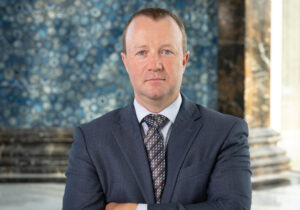
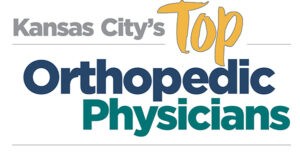
About MISH Hospital & Clinics
Minimally Invasive Surgery Hospital (MISH) and Clinics in Lenexa, KS, began as a premier bariatric surgery facility, but quickly grew to include medical professionals representing primary care, orthopedic surgery, cardiology, general surgery, and pain management. Facilities include two ICU beds, seven inpatient rooms, four operating rooms, an extensive radiology department, an onsite laboratory, and as of July 2023, a Physical Therapy center. MISH is recognized as a Center of Excellence (COE) by the medical community as providing the highest level of expert care.

Michael Tilley, M.D., Board Certified Orthopedic Surgeon
Trauma and Hip Reconstruction Specialist
10951 Lakeview Ave., Lenexa, Kansas • 913-730-1100
MISHHospital.com/orthopedic • MichaelTilleyMD.com







